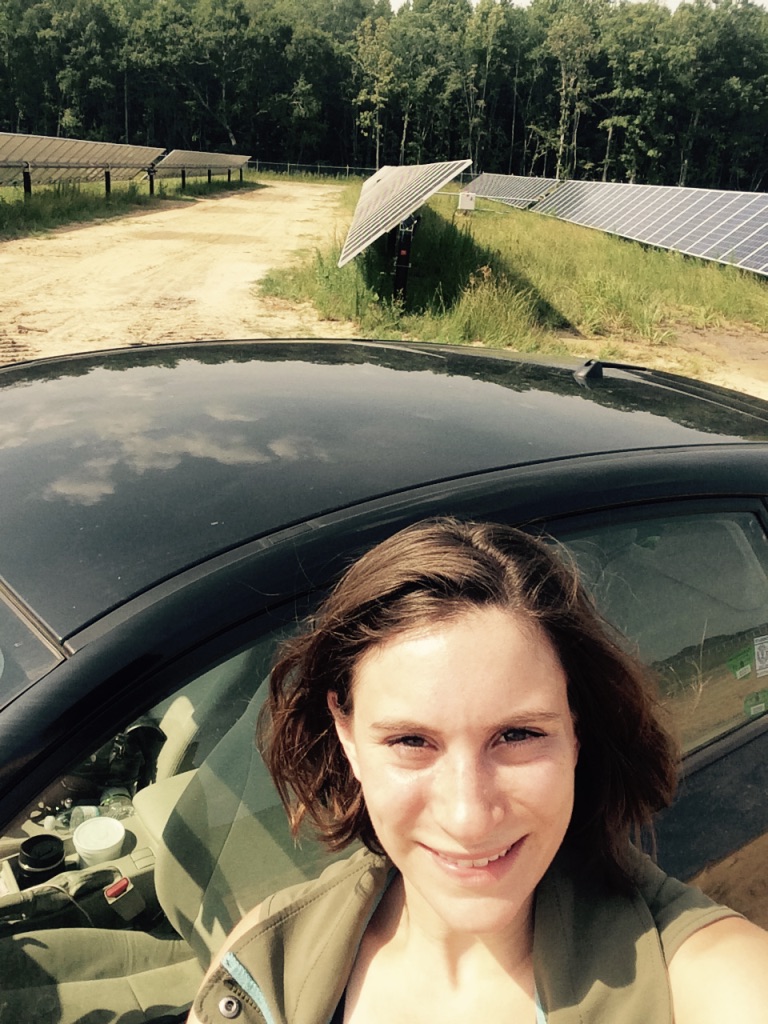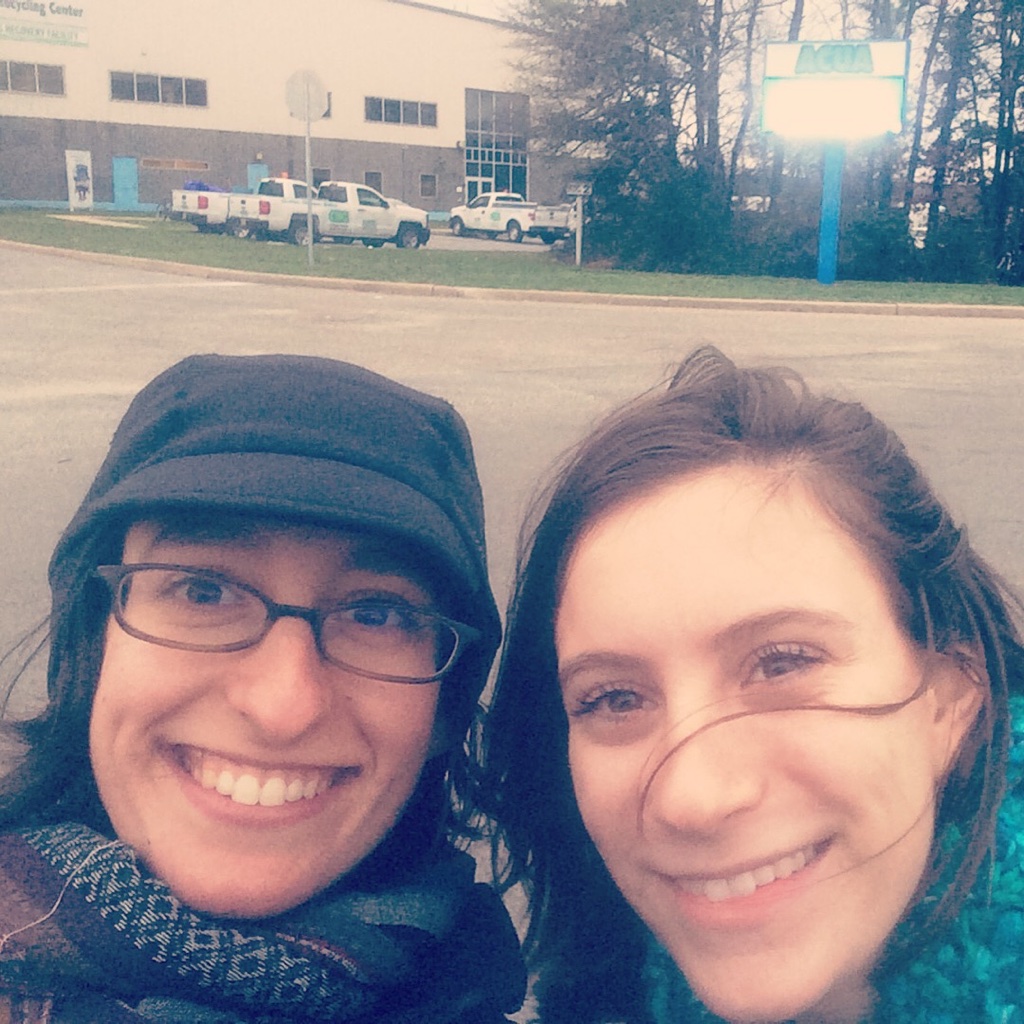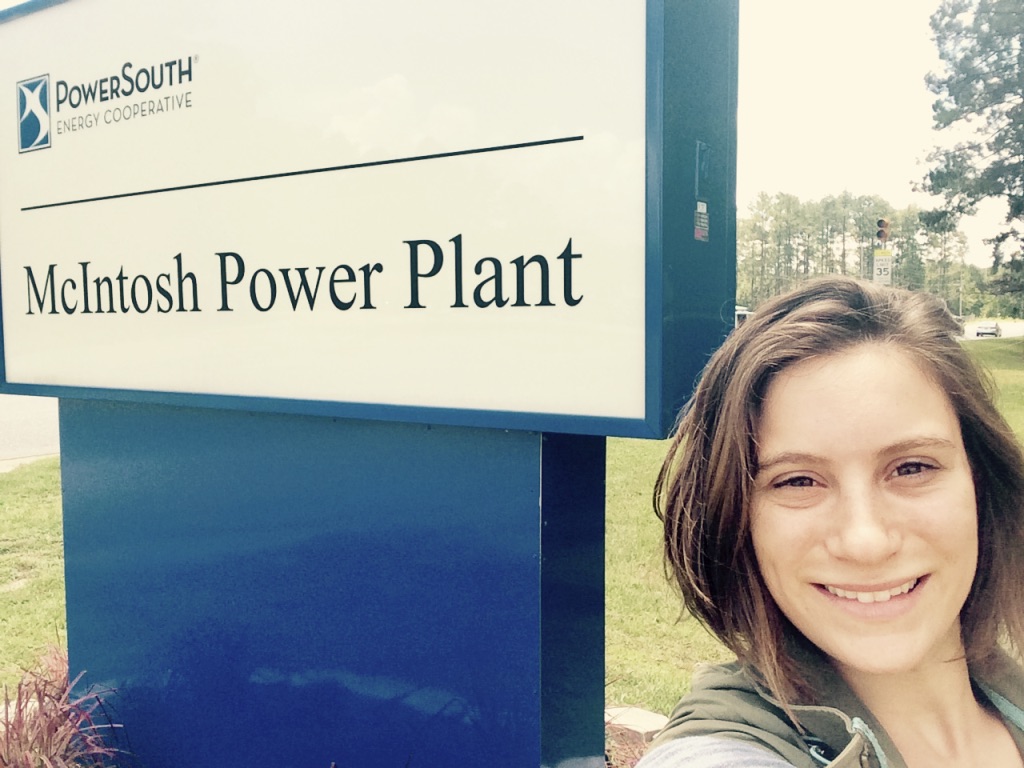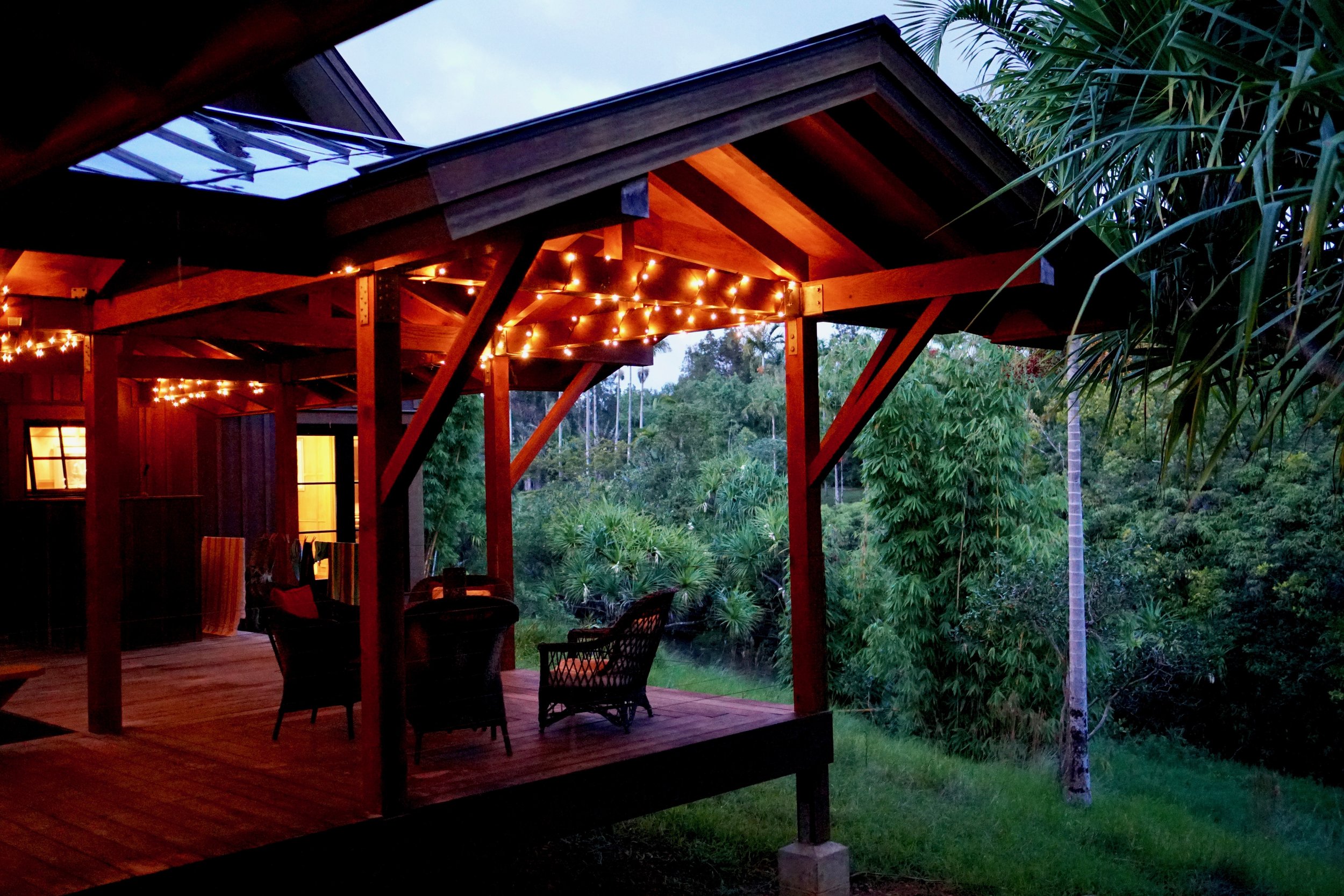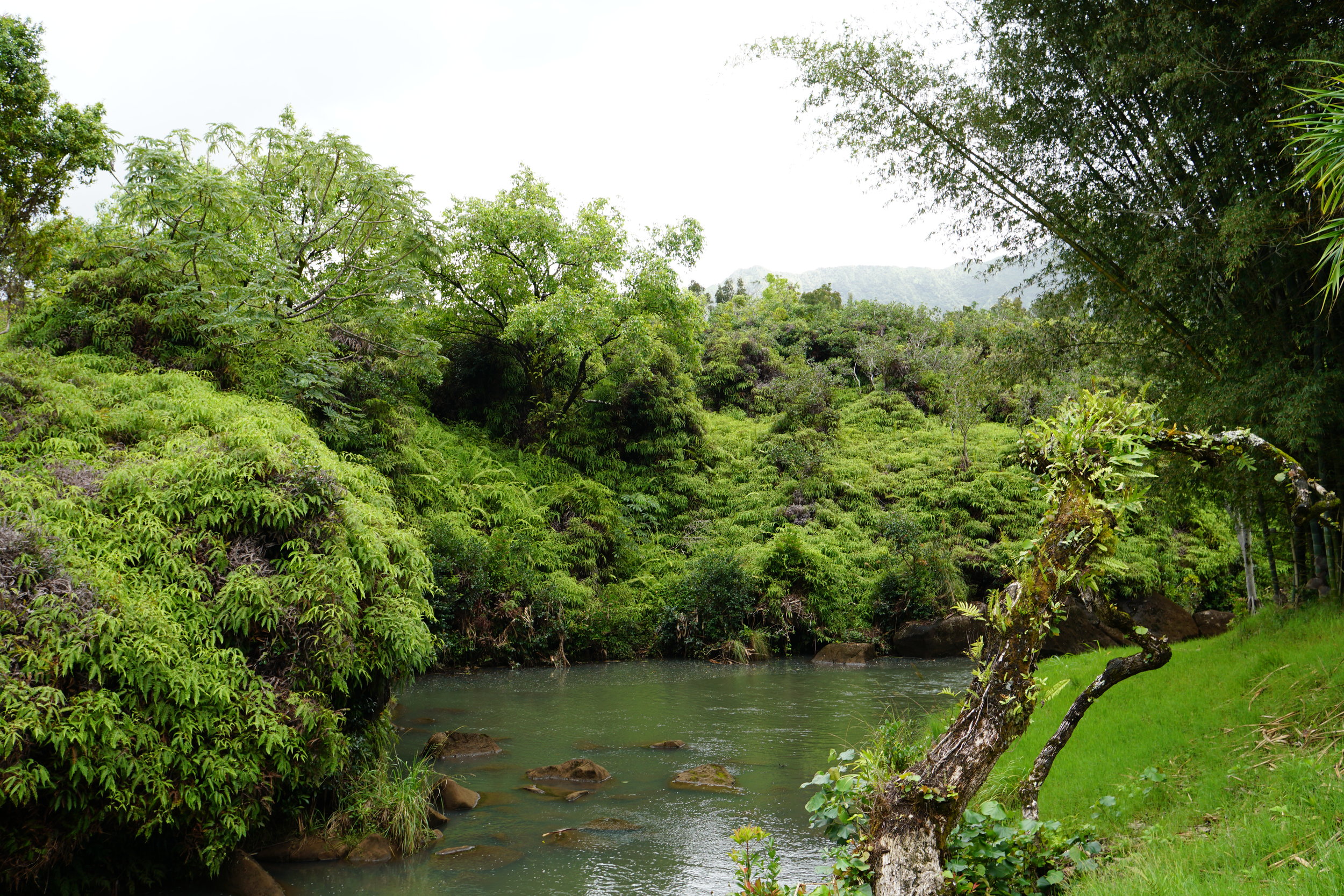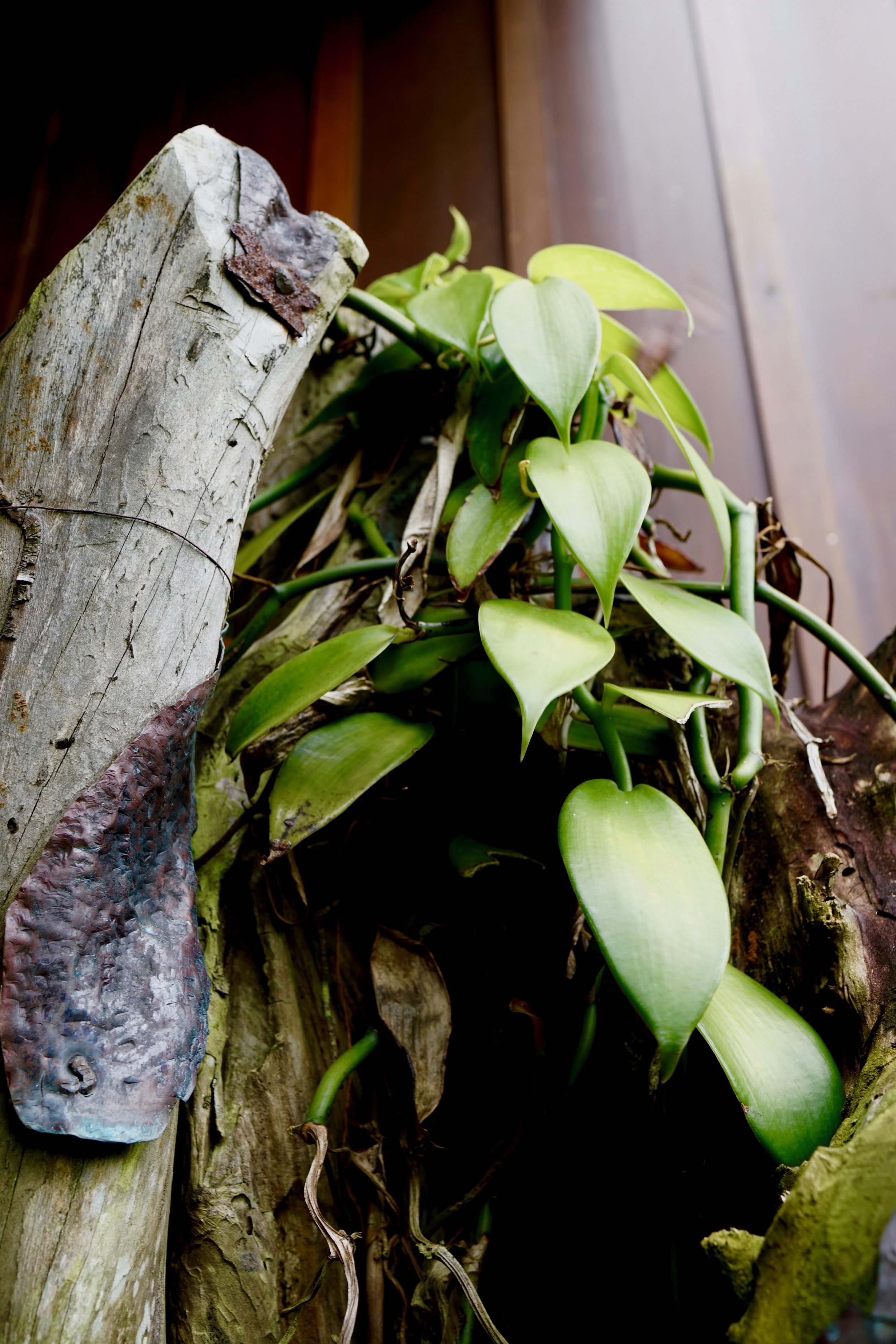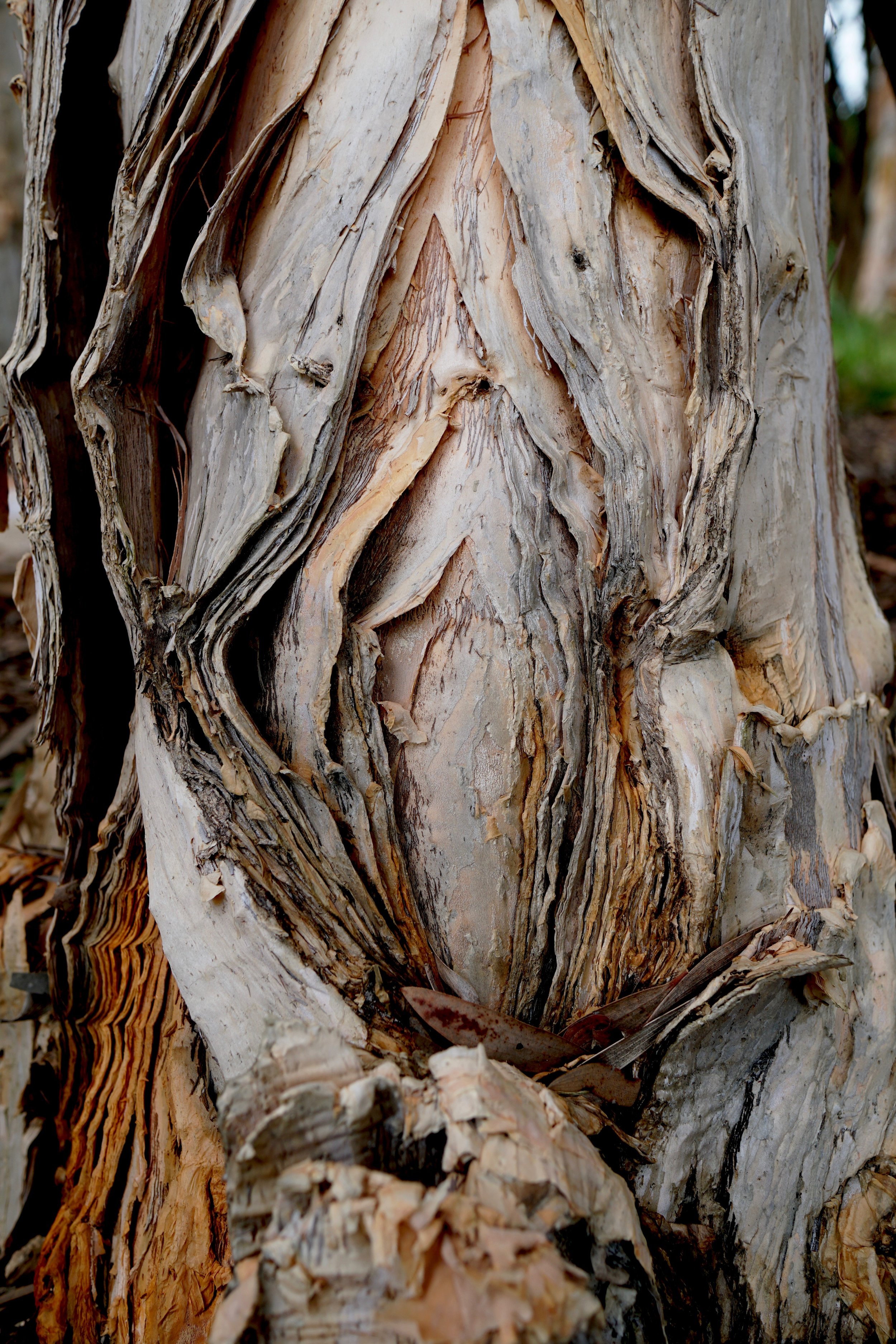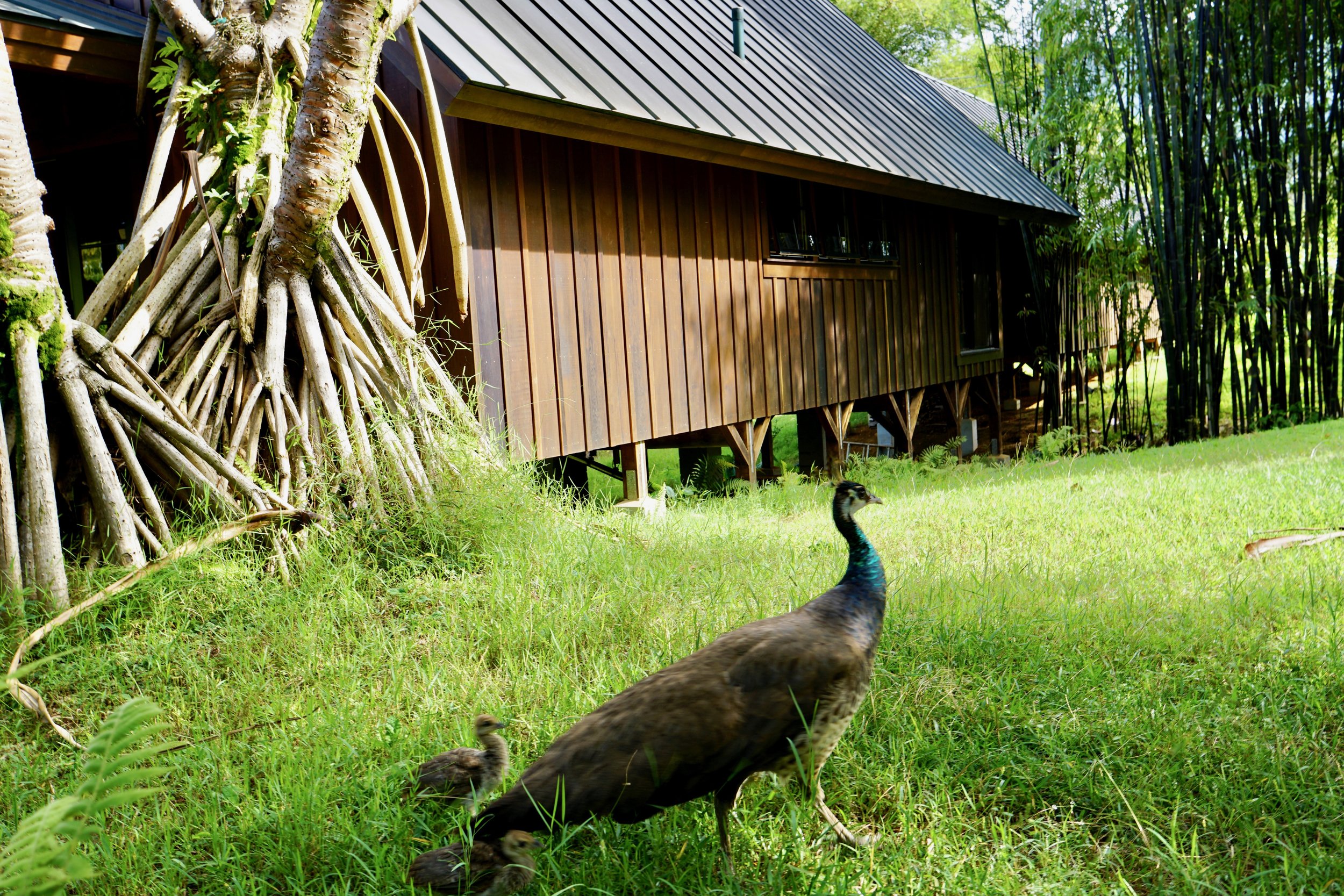It was two Easters ago that I visited my first transformer substation. I remember because there was a Do Not Enter sign, and no one was on guard, presumably because it was Easter. My dad and I didn’t enter, but I did take some photos from the outside, and they would become my most influential series, informing my next work and this year’s project.
In January 2017 I left my job in Washington, DC with the ambition of and intention to photograph and write about power plants across the country. The idea had been building for a while. The seeds were planted even prior to my first job, while I was undergraduate at The George Washington University, and probably at that first substation.
Through my studies, my passion had become climate change, the underdog of phenomena and complex world issues. It is something that affects every facet of every industry, a sweeping, all-inclusive problem that wasn’t going away or really getting better. No one was talking about it, or changing their behavior, and I knew I needed to dedicate my career and life to bringing attention to it. Climate mitigation and adaptation are paramount, and unlike other problems, the cost of inaction increases each year.
Senior year of college in my black and white photography class, I was fully responsible for the development and execution of a final project. I was thinking about themes, and landed on the intersection of nature and infrastructure. Power lines and trees; power lines and water; bridges and fauna. The juxtaposition was stark and in every corner. As I noticed and began to shoot the subjects, I saw nature and infrastructure side by side in every eye shot. I could not unsee it.
After graduation I began working at a sustainability consulting firm. On my vacations I would tour facilities- wastewater treatment plants, recycling centers, and wind farms. I called them “nerdcations,” and lucky for me, I had a couple of friends and family who would come along, and stop at the first urban coastal wind farm in the US on the way to the beach (Atlantic City Utilities Authority tours).
When thinking about it, I realize this is the result of an extraordinary curiosity for how things work and for the systems that underpin our day to day activities- where poop goes, how we get clean water, how recycling happens, and where our power comes from (read why electricity makes me tick here). I had a list of never ending questions for whoever would take them. I strove for clarity in the classroom, on the basketball court, in the lunchroom, in conversations with adults or kids. Throughout my whole life I always needed to learn more, to relate, and to understand. That I am curious and ever-analyzing, with a natural intuition to question, probably stems from my upbringing in a Jewish education-centered household. It is also reflective of my care for the world and people around me.
Now I am able to do that every day, full time, and shed light on the issues that are most pressing and relevant to all people- natural resource management, the effects of climate change, the psychology of influencing people and changing behavior.
Two easters later, I begin to execute the vision that had been forming for years, even when I didn’t know it. I photograph energy infrastructure every week, and am dedicating the foreseeable future- at least the next year - to it. I now have the support of the George Washington University in a different way, via the Shapiro Traveling Fellowship. Today when I drive I have to remind myself to keep my eyes on the road and not the powerlines and power towers.
There have been lots of questions from friends and family (to be expected, thankfully)...
What have you been doing? When are you leaving? Where are you going? Is your writing going to matter and be understandable to me, someone outside the world of energy and the environment? How often will you post? What about?
So here it goes- what I’ve been up to and where I am at
The first month was spent largely securing funding- completing fellowship applications and securing associated mentorship and planning resources. I had saved money to do this project but I was open to getting financial backing from other places than my savings account. I searched for interested parties, and explored what subject areas and facilities I would target. I began to design my project, and put into place the avenues and resources to execute it. I also got involved with the Rutgers Energy Institute and one of the professor’s companies, Greenhouse Gas Industries LLC. There I began to research New Jersey energy resources and policy.
In the second month, March, I set up the blog and started writing. I made contacts, developed story ideas, set a schedule for posting (which indubitably has changed, and will continue to evolve). I took my first trip to Florida to visit my grandma and my great aunt, where I was also able to visit the newest and cleanest waste-to-energy plant in the country (read my post here). I also started working on a white paper on the prospects for offshore wind, solar, and energy storage in NJ.
In April, I celebrated Passover, continued to plan for stories, and develop contacts,and reach out to facilities to plan my trip. I started to tap into the local artist community, and show and sell my photography. My friends and family came out to the Pancakes and Booze NYC show, my NYC photography debut (More Pancakes and Booze Info). I attended the RAW artist show to support a new friend. This Friday, 4/21/17, I’ll be showing some of my nature pictures at 529 Arts Avenue in NYC at the Spring Time Open Mic (more details here). I started reading the big climate and energy books:
This Changes Everything- Capitalism vs. the Climate by Naomi Anne Klein check it out here
and
The Quest- Energy, Security, and the Remaking of the Modern World by Daniel Yergin
check it out here
And of course, the big kaboom, I experienced and continue to experience the utter shock, bliss, and overwhelming freedom of receiving the fellowship.
Like many other people, I have never not had some place to be and go at all times...a schedule, obligations, structure etc. It is freeing and paralyzing all at once. Hopefully in the next weeks and months I will increasingly embrace it and hug it till it can’t disappear. April is also when I began to stress about everything I didn’t know, and about what would come of this year. But even just by writing about it, I start to feel better.
Where the Wind Takes Me
I have been cultivating leads, talking to journalists, studying bloggers, and cold calling facilities to get an in. I’ve identified the places I want to see, and am writing them here, so you can you can hold me accountable and get excited for what’s to come..
Palo Verde Nuclear Generating Station , Tonopah, Arizona - the largest nuclear power plant in the U.S.
Grand Coulee Dam, Columbia River, Washington - the largest hydropower electricity producer in the U.S.
Davis, West Virginia- A place with a strong historic coal legacy and a blossoming solar and wind industry alongside it.
The Geysers, Mayacama Mountains, California- Largest geothermal power plants in the country and world.
Compressed Air Energy Storage, McIntosh, Alabama- The only energy storage facility of its kind in the country, using compressed air to store energy.
Waste Isolation Pilot Plant (WIPP), Carlsbad, New Mexico- Nuclear fuel rod disposal site.
Suggestions, thoughts, places or people I need to meet? Please
contact me here.
Conquering May- What’s up Next?
So this blog will be my sounding board where I try different styles, tones, articles, subjects (all related to climate), and where you can tell me what you think.
It will certainly be a journey- a travel adventure and a professional and personal journey. I’m excited to figure out what I like to write about, and how to communicate about energy and the environment in a way that’s digestible, informative, and enjoyable to read, and cross paths with extraordinary people that shape my trip.
And this month I would like to-
- Name my project
- Streamline and rock social media
- Plan two trips
Feel free to send suggestions! In the meantime, I’ll be observing, photographing, inquiring, writing, and posting!
Molly
